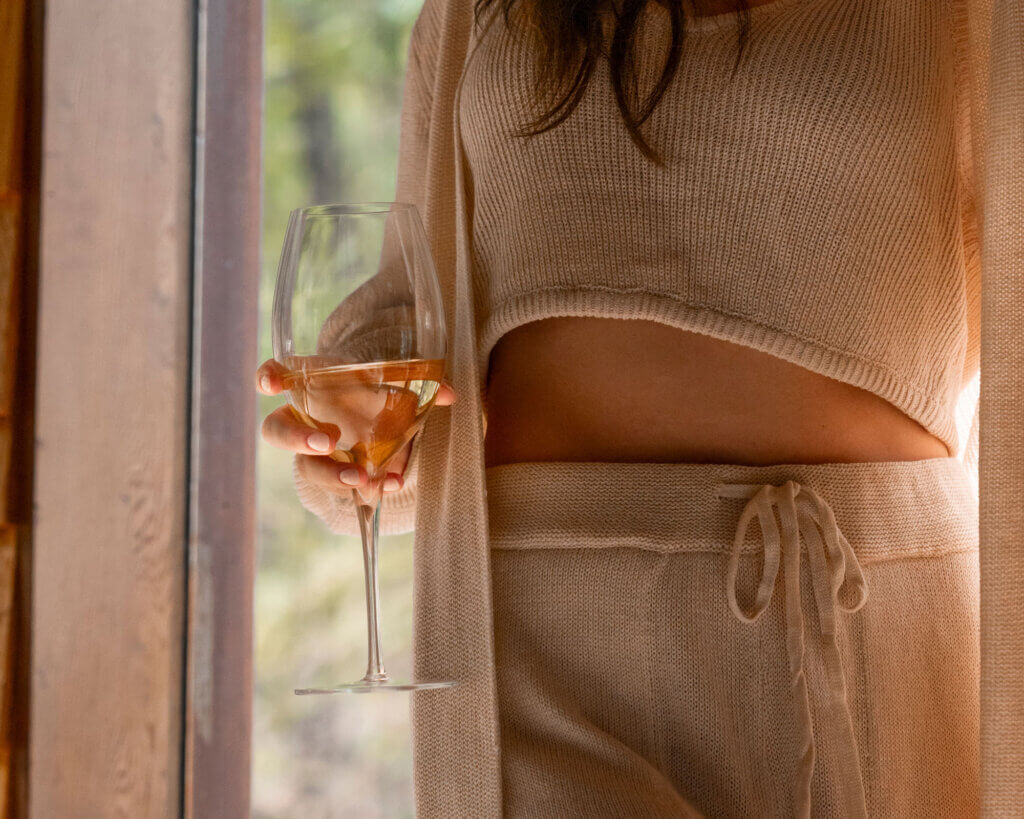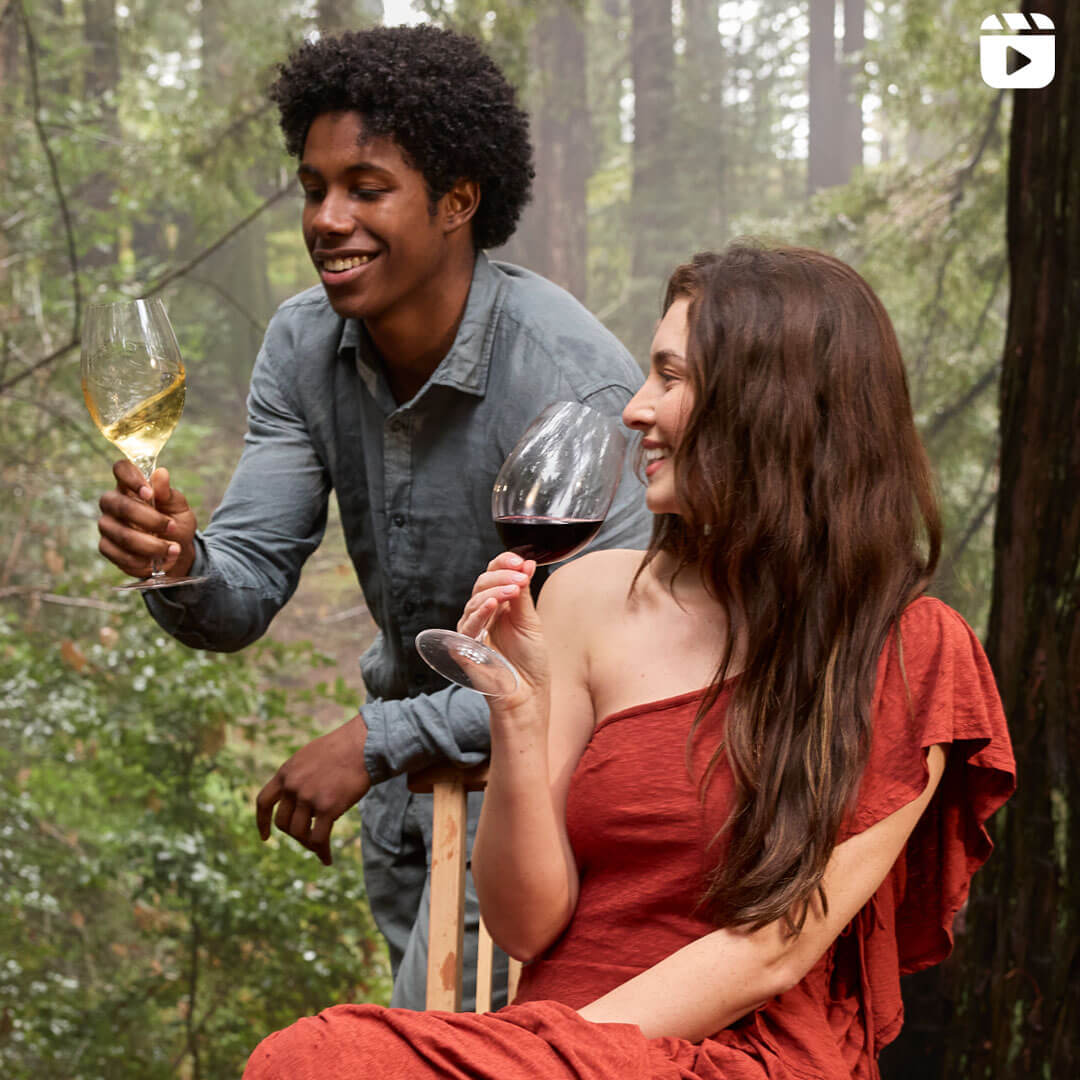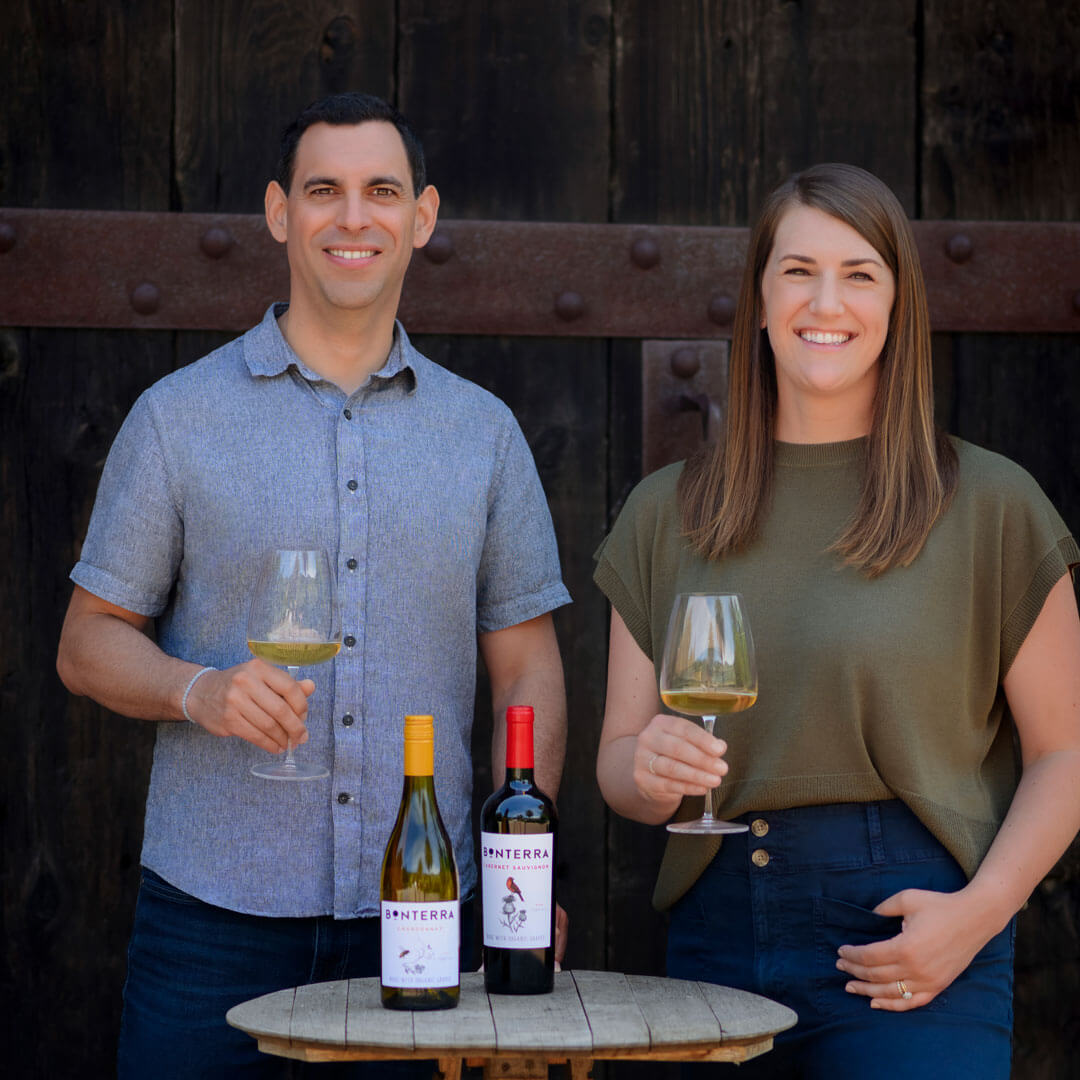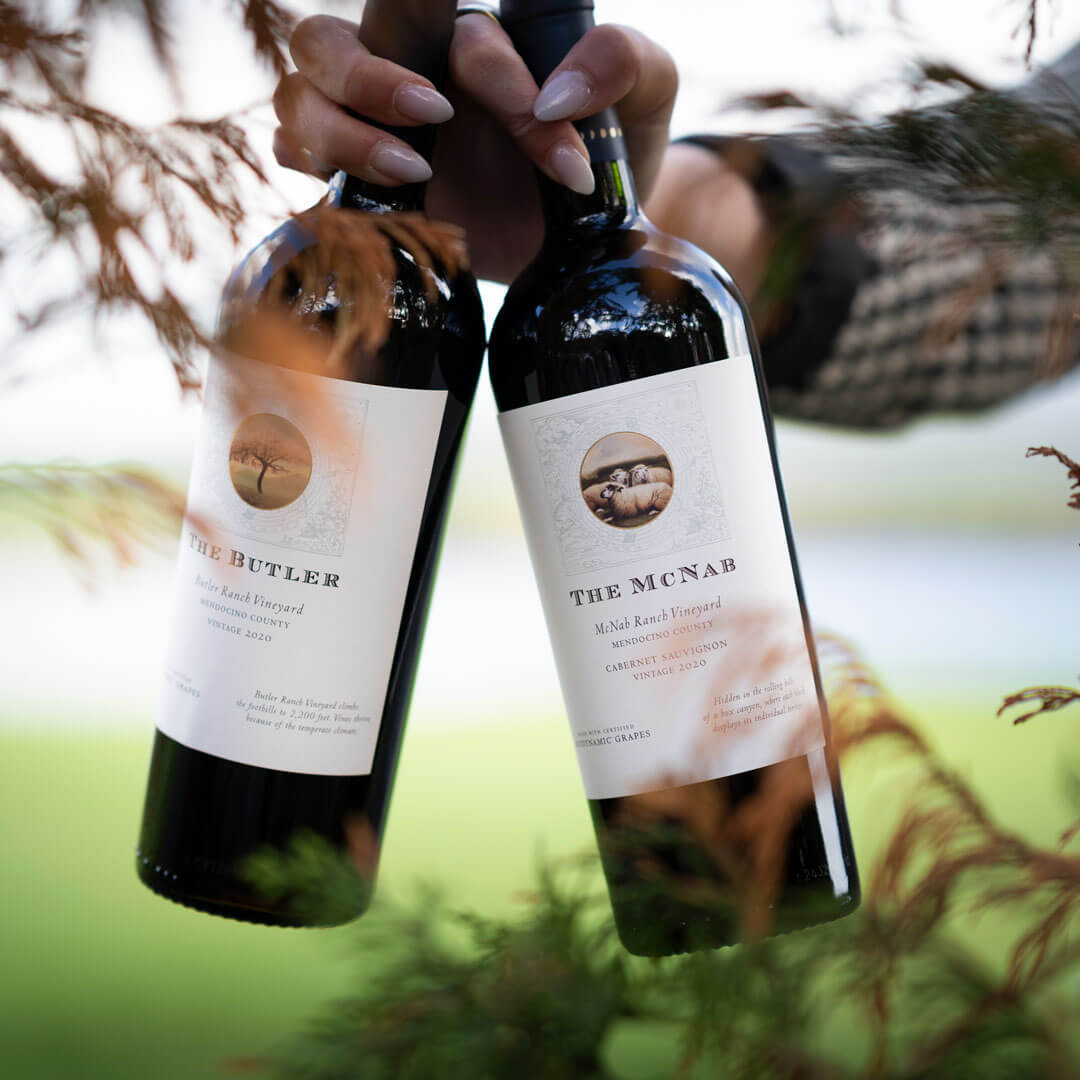Are you intimidated by wine? Do you not know where to start? And what is a red blend wine, anyway? Do you worry about knowing the “right” way to open, serve, and enjoy it?
Wine has been enjoyed for thousands of years by everyday people, in everyday glasses, at everyday occasions and dinner parties – without a decanter or foil cutter in sight. In many pockets of rural Europe today, it’s still an essential part of most meals, poured into stemless glasses like any other beverage.
The point: Wine can be as elitist or accessible as the people who pour it.
With that out of the way, let’s talk about the various details of good wine etiquette that can actually help you enjoy your wine’s full potential – whether you’re at a backyard barbecue or a banquet!
Selecting the Right Glassware
When we taste wine, we’re actually mostly smelling it. (Skeptical? Try plugging your nose and taking a sip.) This is why glasses created specifically for wine tasting have their distinctive rounded shape at the bottom and narrower mouth up top: these physical details help focus the aromas in the wine and get them straight into our noses when we lift the glasses to our faces. The wineglass stem allows us to hold and swirl the glass – releasing more aromas – without blocking our view of the wine’s beautiful color or getting our glass dirty with our fingerprints.
If you have unlimited funds and storage space, you can purchase individual variations on the wine glass shape that have been engineered to optimize the aromas of specific types of wine (e.g. Champagne/sparkling wine, Riesling, Sauvignon Blanc, white Burgundy/Chardonnay, red Burgundy/Pinot Noir, red Bordeaux/Cabernet Sauvignon). But you don’t need to go this route. Many glassware companies have begun offering a “universal” wine glass shape – suitable for all different types of wine. And, shockingly, it looks pretty much like any other regular wine glass.
Pick a glass whose bowl is shaped like a wine glass – rounded at the base, tapering to a narrower opening at the top – with a lip that’s nice and thin. A thinner lipped glass lets you focus more easily on the pleasure of the wine, instead of the thick glass edge in your mouth. You don’t really need a stem unless you want one. That’s all you need to know!
Proper Pouring Techniques
In professional wine service classes, you would learn how to hold a wine bottle “correctly” so the label is facing your guest, how to pour wine into a wine glass without resting the bottle on the lip of the glass, how to end each pour with a slight twist of your wrist to prevent drips, and how to wipe the wine bottle after every pour to catch any drips that might have made it out anyway. But you absolutely don’t need to be a master sommelier to pour wine well.
There are just three things to remember.
(1) Try not to spill the wine!
There are pouring aids to help avoid drips, if you want; otherwise, just be careful.
(2) Wine needs to be smelled to be enjoyed.
Don’t fill up the wine glass with wine, because you won’t be able to swirl it without spilling, and you won’t be able to smell it properly without swirling. To leave enough room to unlock all the delicious scents within, don’t fill the glass much beyond its widest point.
(3) Check each bottle before pouring a glass.
When you open a new bottle, pour just an ounce or two at first to check that this bottle hasn’t met with a mishap on its journey to your table. If it smells or tastes bad to you, get a different bottle. If the tasting pour seems fine, go ahead and pour a proper glass – usually 4-5 ounces, depending on the size of your glass.
Serving Temperature Guidelines
Proper etiquette involves understanding serving temperatures. Temperature makes a huge difference in whether a wine is enjoyable to drink or not. This is because we taste acidity more keenly at cooler temperatures, but can’t detect the aromas that give wine its character if it’s too cold. At the upper end of the thermometer, wines will taste flat, overly alcoholic and texturally coarse.
The optimal serving temperature for most full-bodied red wines (like our Estate Red Blend) is around 60-65 degrees Fahrenheit – much cooler than most room temperatures these days. Putting a room-temperature bottle in the fridge for around 15 minutes before serving will make a big difference to your enjoyment. Lighter bodied, fruit-forward reds like our Pinot Noir often taste better even colder than that. Throw these in the fridge for 30-45 minutes or so before serving.
For full-bodied white wines like Chardonnay or Viognier, there are a lot of aromas you want to smell. These wines are best served around 48-52°F. For lighter wines like Sauvignon Blanc, sparkling wines, or Rosé, where you want to enjoy their refreshing acidity, pour them around 45-52°F. A refrigerator is usually around 35° F, for reference.
When in doubt, serve your wine a little cooler than you think is best. It can warm up in the glass a few minutes if you need it to, and that’s a lot easier than cooling it down after you’ve poured it. Adding ice to your glass changes the flavors and texture of wine, so is not ideal for fine wine. That said, people do it all the time in the south of France! Make your own decision based on the particular wine you’re drinking and the people you’re with.
Tasting and Savoring Wine
A large part of wine’s appeal is how it engages all our senses. Hearing, sight, smell, taste, and touch – they’re all part of the wine tasting experience. Leaning into those sensory treats is the best way to taste and savor drinking wine.
Use your ears to listen to the squeak of the corkscrew on its journey, and the “glug glug glug” as the bottle pours its first splash of wine. (Popping the cork loudly is a no-no for formal wine service, but a lot of fun for normal people.) Use your eyes to admire the brilliant colors in the glass, and the way the wine glides so silkily around when you swirl the glass.
Sniff the wine before tasting it, to gather clues to what you’ll experience. Is this wine bright and citrusy? Spicy and fruity? Brooding and rich? Have fun picking out aromas you recognize, and guessing at the ones you don’t.
Finally, take a sip. You’ll taste many of the same aromas you just smelled, plus some others you hadn’t noticed. Teasing out and identifying the different flavors you’re tasting helps you discover even more of the wine’s complexity, and trains your brain to recognize them next time they cross your palate.
As you taste, you’ll also sense the texture of the wine in your mouth, noticing if it feels dry and grippy like extra-strength tea, soft and smooth like a chocolate mousse, or bubbly with effervescence. Your sense of touch will also tell you whether the wine is full-bodied (like half and half), or light-bodied (like skim).
Paying attention to all the sensory input a wine offers lets you maximize your enjoyment and wine experience, no matter where you are.
Etiquette at Social Gatherings
There’s nothing particularly unique about wine etiquette at social gatherings – the usual rules of good manners apply.
Wine has incredible power to bring people together, which is why humans have been making and drinking it for at least 8000 years. Over that time, we’ve figured out ways to maximize our enjoyment with wine-specific glassware, strategic serving temperatures, and tasting techniques that light up all of our senses.
Put humanity’s collective wisdom to use next time you’re opening a bottle of Bonterra, and see if it doesn’t take your enjoyment of wine to a whole new level!
Enjoy A Glass of Bonterra
No matter how you view wine tasting etiquette, one thing is certain – Bonterra wine is for all wine lovers. Our organic winery prides itself on our collection of delicious wines. Browse our wine online, including our collections of wine gift sets, perfect for gifting on a special occasion or just because. Alternatively, consider joining our wine club for quarterly wine deliveries and access to exclusive releases.
Find your new favorite wine at Bonterra, and enjoy!




